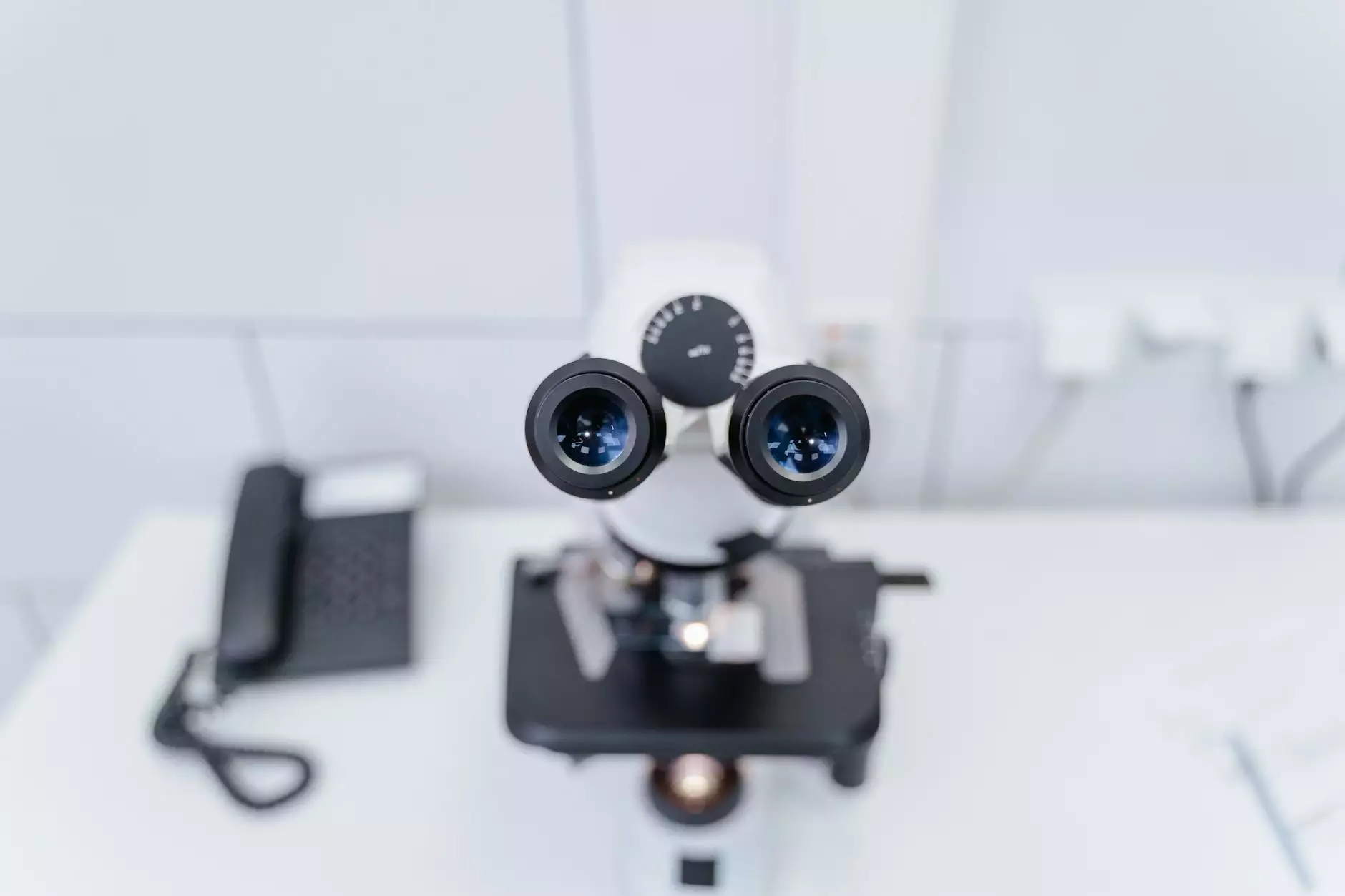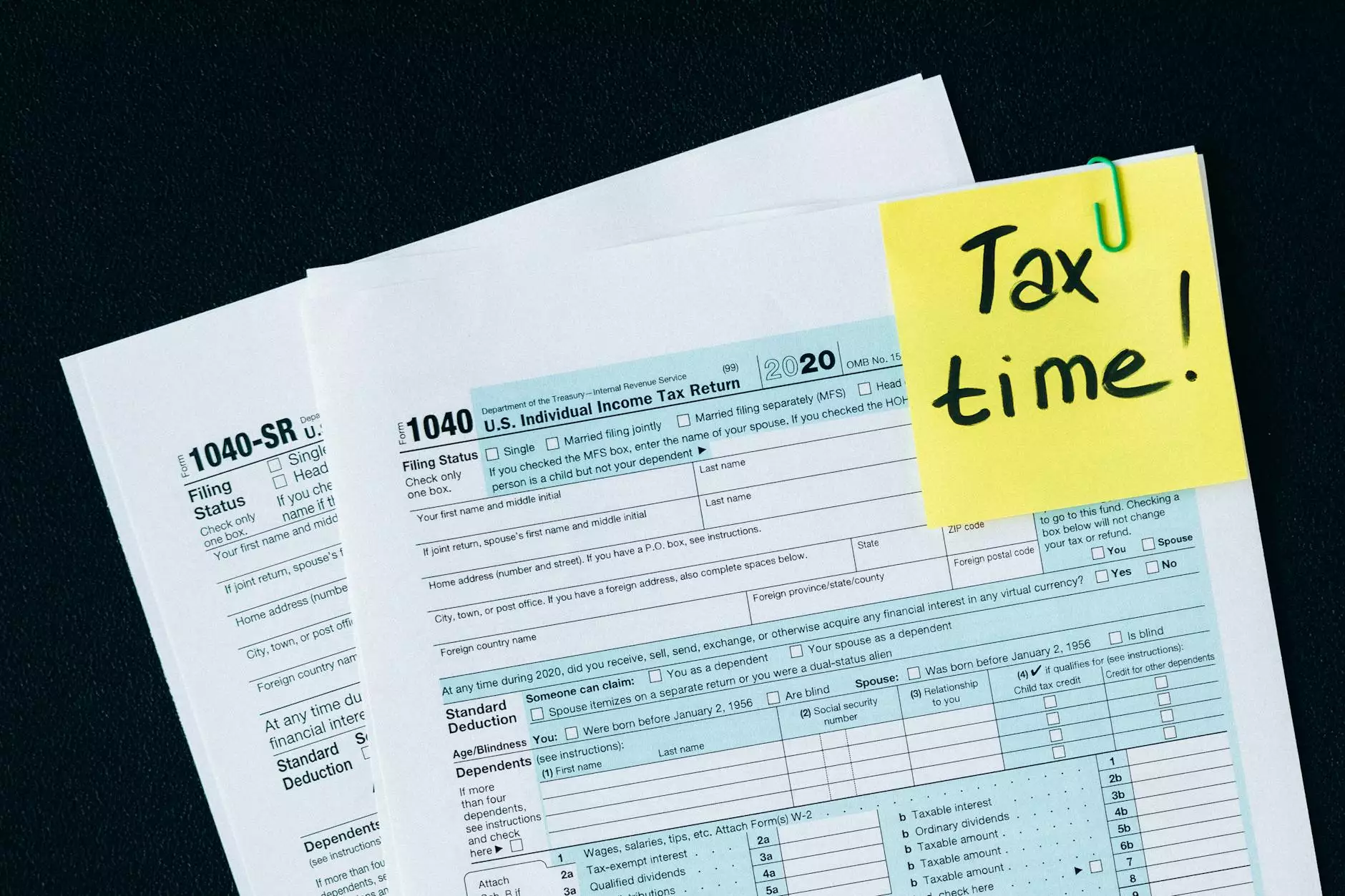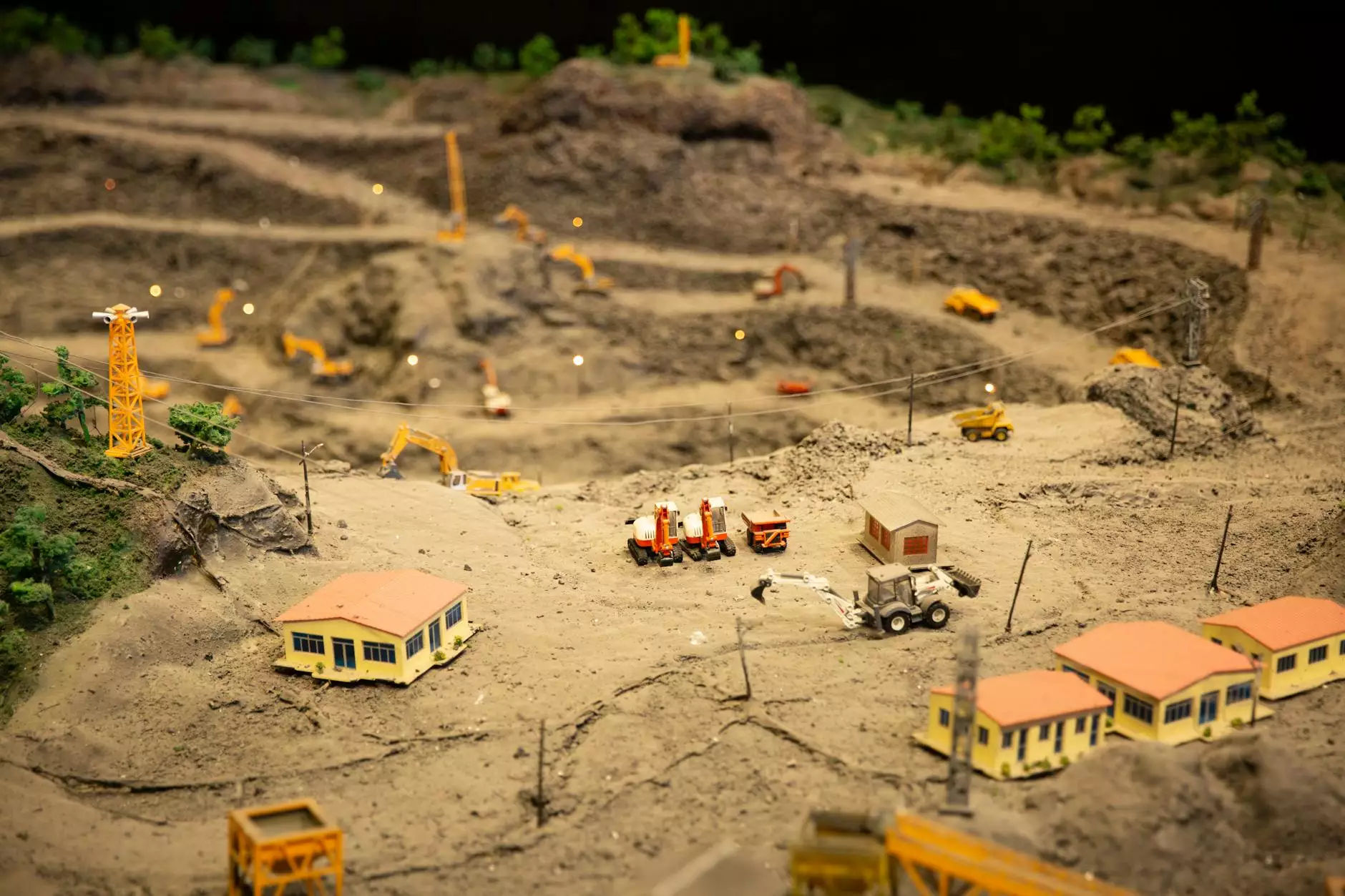Bunions: Causes, Treatment, and Prevention

Introduction
Welcome to The Foot Practice, your trusted source of foot care information. In this article, we will explore the topic of bunions, including their causes, available treatment options, and preventive measures. As specialized podiatrists in the field of foot care, we are dedicated to helping you understand and manage various foot conditions.
What are Bunions?
Bunions are a common foot condition that affects the joint at the base of the big toe. They are characterized by the gradual development of a bony bump on the side of the foot. Bunions can be caused by a variety of factors, such as genetics, wearing tight or narrow shoes, and certain foot deformities.
Causes of Bunions
One of the primary causes of bunions is an inherited foot structure that results in instability within the joint. This instability can lead to the misalignment of the bones and the development of a bunion over time. Additionally, wearing ill-fitting shoes, particularly those with narrow toe boxes or high heels, can exacerbate the condition.
Genetics and Foot Structure
Research has shown that individuals with a family history of bunions are more likely to develop them themselves. This indicates a genetic component in the formation of bunions. Inherited foot structure abnormalities, such as flat feet or abnormal bone structure, can increase the risk of developing bunions.
Improper Footwear
Wearing shoes that are too tight or narrow can force the toes into an unnatural position, increasing the pressure on the big toe joint. High-heeled shoes, in particular, contribute to the development of bunions as they place excessive strain on the forefoot.
Treatment Options
When it comes to treating bunions, it's essential to consult with a qualified podiatrist for an accurate diagnosis and personalized treatment plan. Depending on the severity and symptoms, treatment options may include:
1. Footwear Modifications
One of the first steps in managing bunions is to wear comfortable shoes with a wide toe box to reduce pressure on the affected area. Avoiding high heels and choosing shoes with proper arch support can also provide relief.
2. Orthotic Devices
Custom orthotic devices, such as bunion splints or inserts, can help in correcting the alignment of the foot, reducing pain, and slowing down the progression of bunions. These devices are designed to distribute pressure evenly and provide support to the affected joints.
3. Medications and Injections
To alleviate pain and inflammation associated with bunions, nonsteroidal anti-inflammatory drugs (NSAIDs) may be recommended. In some cases, corticosteroid injections can provide temporary relief by reducing swelling and pain in the affected area.
4. Physical Therapy
Physical therapy exercises, such as stretching and strengthening the muscles and tendons around the big toe, can help improve joint function and reduce discomfort caused by bunions. Your podiatrist can guide you through proper exercises.
5. Surgical Interventions
In cases where conservative treatments fail to provide relief, surgical options may be explored. Bunion surgery aims to realign the affected joint, remove the bony protrusion, and correct deformities if necessary. Your podiatrist will determine the most suitable surgical approach for your condition.
Prevention Measures
While bunions can sometimes be inevitable, there are preventive measures you can take to reduce the risk of developing them or slow down their progression:
1. Wear Proper Footwear
Choose shoes that fit well and provide ample room for your toes to move freely. Opt for those with a wide toe box and low heels to minimize pressure on the joint.
2. Avoid High Heels
Avoid wearing high heels or shoes with pointed toes for extended periods. If necessary, limit their use to special occasions and opt for more comfortable options on a day-to-day basis.
3. Regular Foot Exercises
Performing regular foot exercises can help strengthen the muscles and maintain the flexibility of the toes and feet. Consult with your podiatrist for appropriate exercises tailored to your needs.
4. Maintain a Healthy Weight
Excess weight puts additional pressure on the feet and can contribute to the development or worsening of bunions. Maintaining a healthy weight can reduce the strain on your feet and joints.
5. Regular Foot Care Check-ups
Schedule regular check-ups with a qualified podiatrist to ensure your feet are in good health. Routine examinations can help detect any signs of foot conditions, including bunions, at an early stage.
Conclusion
Bunions can cause discomfort and affect your day-to-day activities, but with proper understanding, management, and care, you can find relief. At The Foot Practice, we specialize in providing comprehensive foot care, including the diagnosis and treatment of bunions. Trust our experienced podiatrists to guide you through the journey towards healthier and pain-free feet. Remember, early intervention is key, so don't hesitate to schedule an appointment with us to address your concerns and develop an individualized treatment plan.









